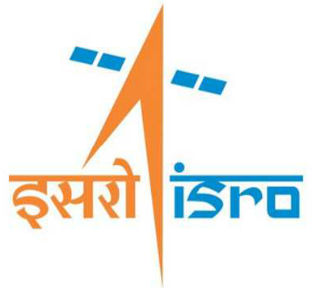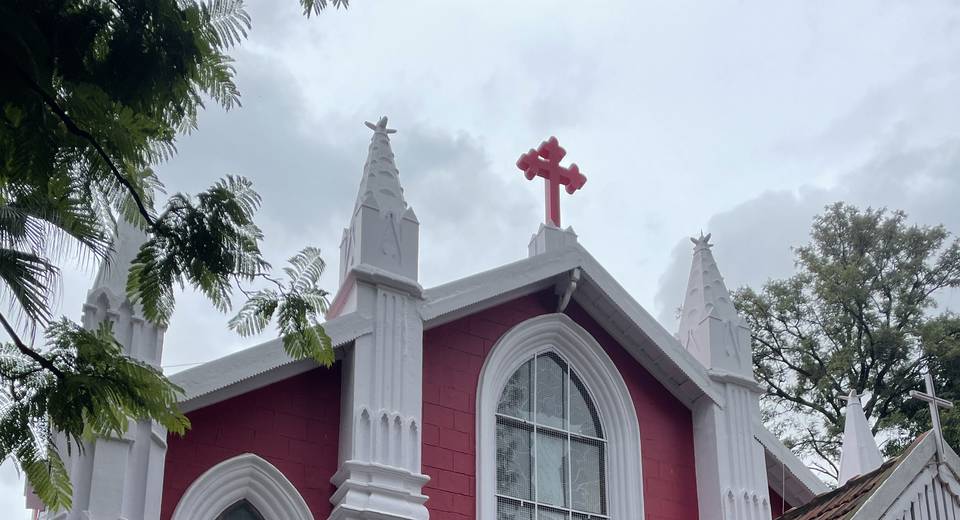Solar Physicists To Plan Mission To Sun In Bangalore
Oct 11, 2019, 11 36 | Updated: Oct 11, 2019, 11 36
The ISRO (Indian Space Research Organisation) is planning for its next mission, after Mars. This time they are gearing up for an expedition to the Sun. Solar physicists from all over the country will meet in Bangalore next week to prepare for the mission, Aditya 1, which will carry equipment to study solar corona.
The three-day meeting to be held at the Indian Institute of Astrophysics (IIA) between November 18 and 20 will focus on the scientific objectives and technical developments of the facilities planned for Aditya – 1, which is expected to be launched in 2015-16. The IIA has designed the space-based solar coronagraph, basically a telescopic attachment which will black out the glare of the Sun in order to study, which will be launched by the Indian Space Research Organisation’s (Isro) workhorse Polar Satellite Launch Vehicle (PSLV) into an 800 km polar orbit.
The major scientific objectives of the proposed space solar coronagraph are to achieve a fundamental understanding of the physical processes that heat the solar corona, the extended out atmosphere of the Sun, accelerate the solar wind and produce coronal mass ejections (CMEs).
Aditya-1 mission was originally scheduled to be launched during the high solar activity period (2012-13), but the launch was delayed as Isro prioritised the Mars Orbiter Mission, as the mission to Red Planet had to be expedited for the first available launch window.
The available launch windows to launch the Mars mission in this decade are 2013, 2016 and 2018. However, with the successful launch of the Mars Orbiter Mission, the focus is now on Aditya –1.
“Aditya-1 has recently been reconfigured as a L1 mission and several payloads are expected to fly together. Aditya will work as a space observatory with multi-wavelength capabilities. Different modes of observational requirements will be discussed at length,” states IIA agenda for the meeting.
Reproduced from DNA







